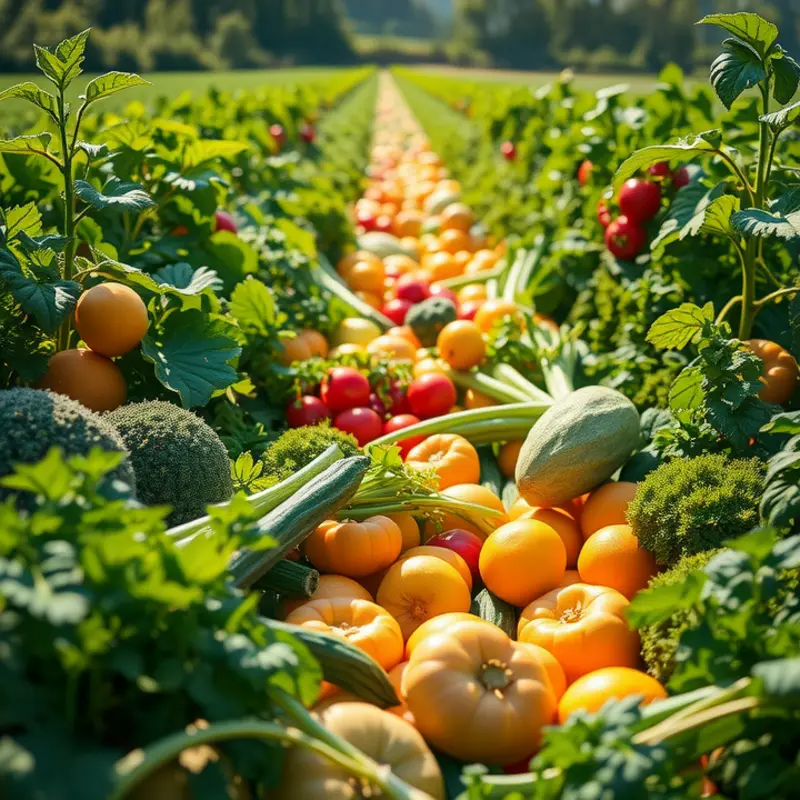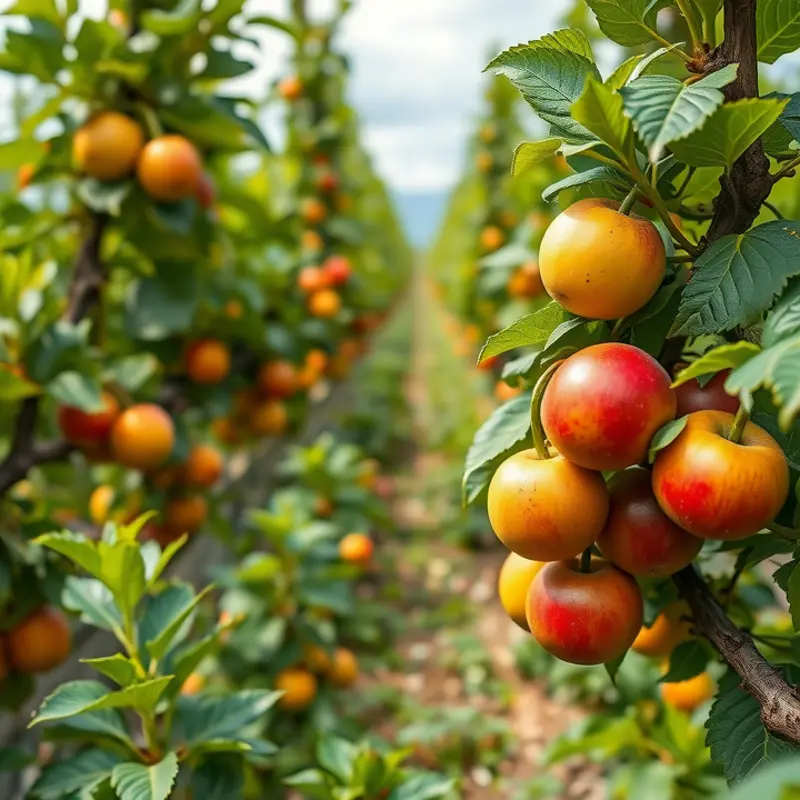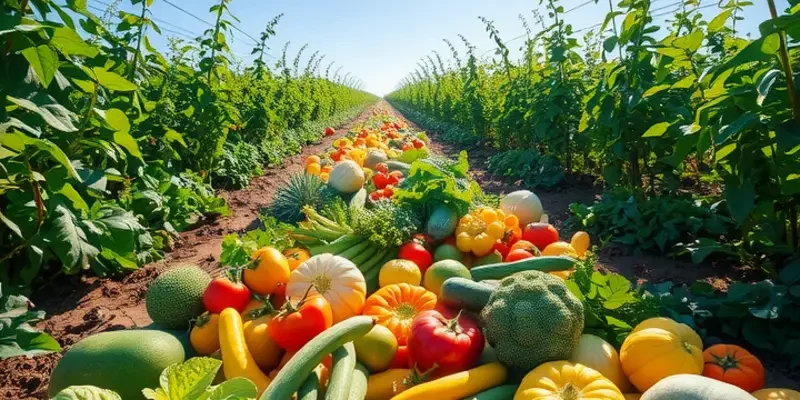Reusable bags have become an essential tool for eco-conscious shoppers. Not only do they help reduce plastic waste, but they can also play a significant role in food storage and management at home. This guide will provide practical tips to ensure that you’re maximizing the potential of your reusable bags in ways that keep your food fresh and your kitchen organized.
Proper Storage Techniques for Reusable Bags

Storing food in reusable bags properly ensures freshness and minimizes waste, ultimately streamlining home food management. Choosing the right bag for each type of food is crucial. Reusable bags come in a variety of materials: silicone, cotton, and nylon to name a few. Understanding the specific benefits of each can help optimize storage.
Silicone bags, durable and flexible, are ideal for storing both wet and dry ingredients. They are perfect for meal preps, storing soups, or marinating meat due to their leak-proof characteristic. These bags can withstand high temperatures, making them microwave and dishwasher safe. Always ensure these bags are sealed tightly to prevent air from affecting food quality.
Cotton bags are more breathable, suitable for items like bread or vegetables that benefit from air circulation. For extra longevity, lightly dampen cotton bags with water before storing vegetables. This extra moisture can keep produce crisp. However, remember this method is not suitable for moisture-sensitive items like onions or potatoes, which should be stored in a dry, dark space.
Nylon bags, lightweight and easily foldable, are great for bringing your groceries back home. For storage, they function well as a secondary layer to protect pre-packaged foods or snacks within your pantry. These bags are not typically airtight, making them less ideal for long-term storage of perishable items.
When considering freezing, select silicone bags as their flexibility adapts effortlessly to expansion during freezing. Label each bag with the date of storage to effectively track the freshness of your food. This practice helps manage consumption schedules and minimize waste, often discussed in sustainable kitchen practices. Explore more about eco-smart kitchen storage here.
Storage techniques aside, it’s crucial to regularly clean reusable bags. Most silicone bags are dishwasher safe, while cotton bags can be machine-washed with regular detergent. Ensure all bags are completely dry before reuse to prevent bacterial growth. Air dry cotton bags or use low heat if tumble drying.
Moreover, consider your climate. In humid environments, mold growth can occur rapidly. Utilize airtight silicone bags here, and consider vacuum sealing if possible, to enhance food preservation. In drier climates, less airtight options may suffice for vegetables needing breathability.
Understanding the properties of reusable bags and tailoring storage techniques to specific food types will help preserve quality, flavor, and nutritional value. These mindful practices contribute to reducing food waste and encourage an organized, efficient kitchen space.
Maximizing Waste Reduction with Reusable Bags

Reducing kitchen waste starts with understanding how to use your reusable bags effectively. One key strategy is to dedicate different bags for separate categories of kitchen use. Assign bags for produce, grains, and bread. This ensures that items are stored in optimal conditions, reducing spoilage and unnecessary waste.
Incorporate reusable bags into your food management system by consistently evaluating your pantry and fridge contents. Conduct regular checks to ensure that you are using items before they expire. Reusable bags can serve as visual cues for items that need prioritizing. This reduces the likelihood of forgotten food languishing in the back of your fridge or pantry.
Proper storage plays a significant role in minimizing waste, and reusable bags can aid in maintaining ideal conditions for various foods. For instance, certain produce such as leafy greens and herbs stay fresher longer when stored in reusable mesh bags that allow for breathability. On the other hand, grains and flours fare better in tightly-sealed, reusable silicone bags. The absence of air and moisture helps prolong their shelf life.
Additionally, reusable bags streamline bulk shopping, allowing for an efficient and waste-reducing approach to buying dry goods and produce. Opt for stores that offer bulk purchase options; take along your own reusable bags to avoid unnecessary packaging waste.
Implement a labeling system for your bags to track purchase dates and expected expiration periods. This practice enhances your food management efficiency, ensuring that older items are used before newer ones. It’s a proactive step to keep waste to a minimum.
Accessories like reusable bag clips can also be a game changer, especially when storing open bags of snacks or grains. They help to maintain freshness and prevent spillage.
As we incorporate these strategies, it’s also beneficial to look into other areas of sustainable kitchen practices. For further ideas and information on eco-friendly kitchen storage solutions, you might find inspiration in this eco-smart kitchen storage article.
Using reusable bags to manage kitchen waste is not just about the bags themselves. It’s about integrating these tools thoughtfully into your habits, ensuring efficiency, and fostering a mindful approach to food management. These practices collectively contribute to a reduction in food waste and a more sustainable kitchen environment.
Final words
Using reusable bags effectively in food storage and management can significantly enhance the freshness of your food while reducing waste. By adopting the right techniques, you can ensure that your fruits, vegetables, and other perishables remain crisp and delicious longer. Implement these strategies to not just protect the environment through reduced plastic use, but also to create a more sustainable and organized kitchen. By making reusable bags a central part of your home management practices, you not only foster a healthier lifestyle for yourself and your family but also contribute to a cleaner planet.







